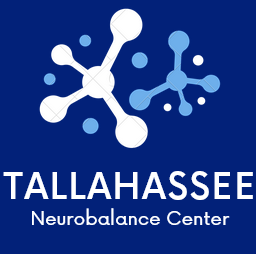
Texas concentrate on shows little expansion in impacts close to signs showing yearly fatalities Quite a while back, Joshua Madsen was driving on an Illinois turnpike when he saw something peculiar: an electronic sign showing the quantity of traffic passings in the state. “I only sort of gone nuts. I had never seen any such thing,” Madsen, a social financial expert at the College of Minnesota, Twin Urban communities, says of the episode. It was a disturbing encounter to have while driving, he says.
“My psyche began hustling.” In the previous 10 years, something like 28 U.S. states have begun to show traffic casualty numbers to unnerve drivers into more secure driving. In any case, another examination of Texas vehicle crashes co-wrote by Madsen recommends such signs may really be related with additional accidents, not less. “It’s nonsensical, however the examination is strong,” says Gerald Ullman, a transportation engineer at Texas A&M College, School Station, who wasn’t engaged with the review, yet composed a viewpoint distributed close by the concentrate today in Science. Dmitry Taubinsky, a social financial specialist at the College of California, Berkeley, says the new paper shows a significant illustration: that individuals have restricted mental limit.
Most states show year-to-date traffic passings on electronic signs above or close by roadways, intended to carry on like an advance notice name on cigarettes — catching a driver’s eye and inciting them to reexamine their hazardous way of behaving. In Illinois, the signs won consistent endorsement from the State Police, Branch of Transportation, and Division of General Wellbeing. Texas, which reliably drives the country in yearly rush hour gridlock passings, took on them in 2012. However, their viability has never been firmly considered. “Is this aiding?” Madsen pondered. So he collaborated with Jonathan Corridor, who concentrates on transportation financial aspects at the College of Toronto, to research what impact the signs had on crash numbers. Each state has an alternate strategy on whether and how frequently to show demise numbers. Many states just show the details during “more secure” times — during a late morning traffic quiet, for instance, and not during busy time, when other traffic messages must be shown.
The analysts zeroed in on Texas, which reliably showed the directives for multi week consistently on 880 signs across the public’s thruways. Madsen and Lobby assembled information on all car accidents that occurred on impacted streets somewhere in the range of 2010 and 2017. They thought about crashes that happened whenever casualty details were shown with those that occurred during the remainder of the month, taking consideration to look at just the mishaps that occurred at that very hour and around the same time of the week. They additionally controlled for climate and for occasions, which can autonomously influence the quantity of mishaps.
The examination of 844,939 mishaps showed that in the 10 kilometers downroad of the signs, crashes expanded by 1.35% when the numbers were shown, the analysts report today in Science. Madsen and Lobby recommend that the casualty details are so in front of you that they snatch a lot of the driver’s consideration, causing an accident. The information support this clarification, they say: Accidents expanded when the demise numbers showed on the signs were higher. Ullman isn’t completely persuaded. The impact of higher casualty numbers doesn’t appear to be conceivable to him since he questions drivers are truly handling bigger and more modest passing rates in an unexpected way. He might want to see more examination on the reason for the increment.
Madsen concurs, however says that, at any rate, the new exploration shows the casualty messages don’t do what they should do: Decrease crashes. Defenders of the signs take on a “it might actually help, and it couldn’t do any harm,” disposition about the messages, which isn’t brought into the world out in the information, he says. More examination into which sorts of informing truly rouse more secure driving will assist with saving lives, concurs Gilles Duranton, a transportation financial expert at the College of Pennsylvania who wasn’t associated with the review. “Somewhere in the range of 30,000 and 40,000 individuals pass on American streets consistently,” he says. “We ought to show improvement over that.”



